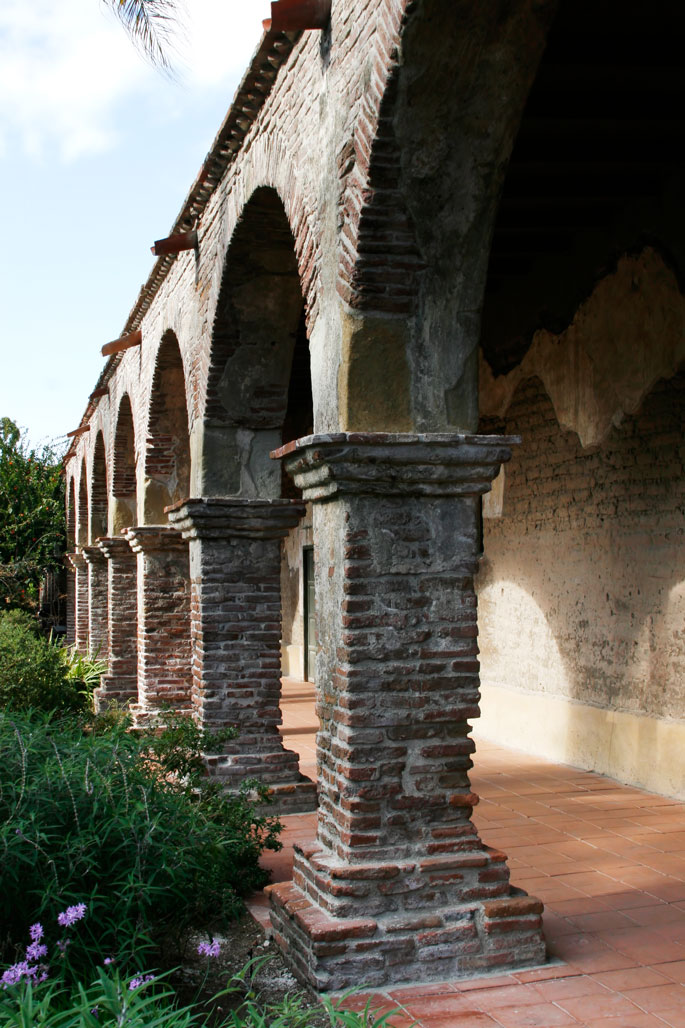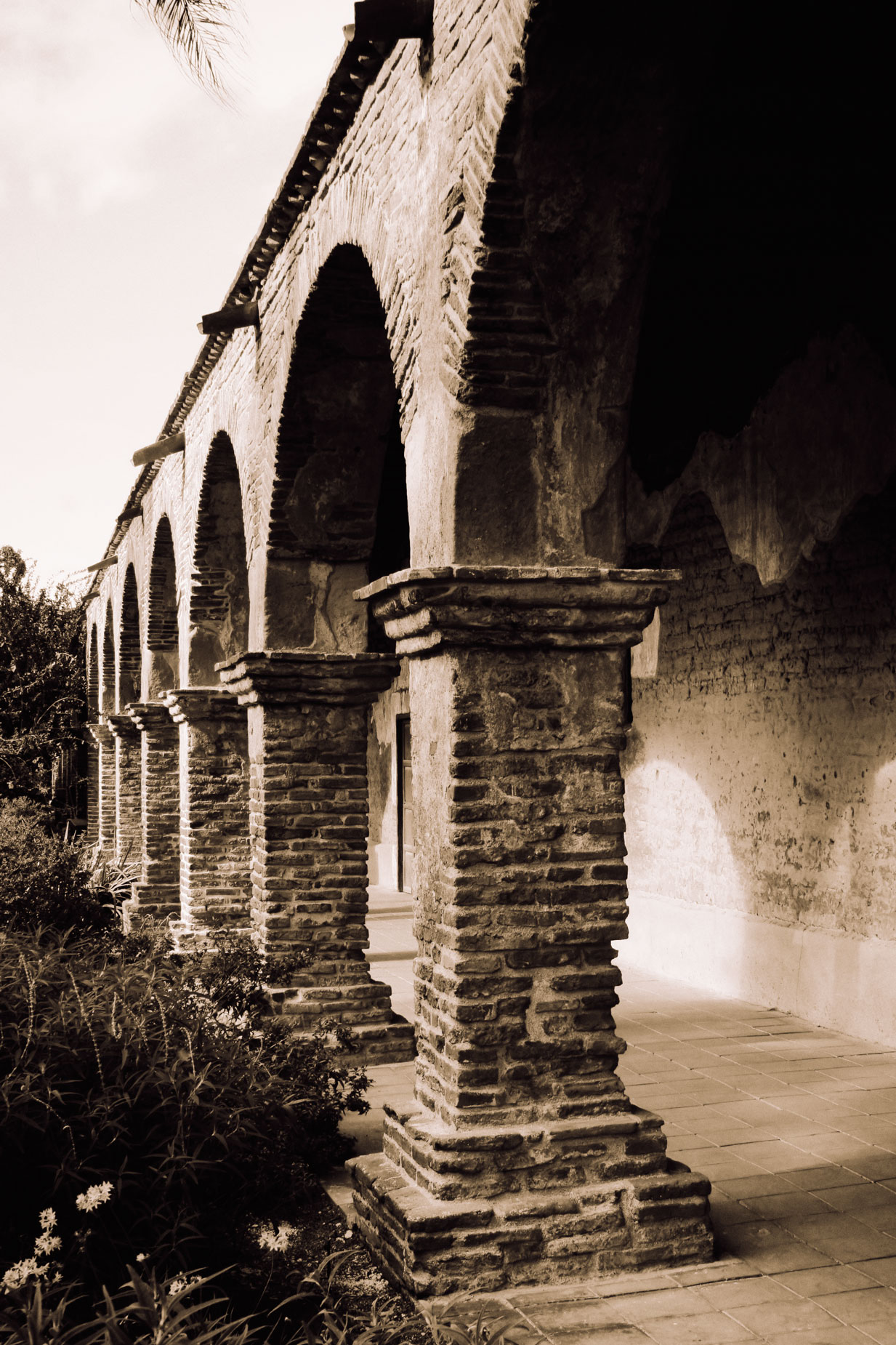Today’s Post by Joe Farace
 In last week’s Monochrome Monday post, I offered my take on digitally recreating the kind of bromoil print that the Dark Magician himself, William Mortensen would have produced. Today I take a look at another photographic pioneer, Frederic Evans (1853-1943. ) He began his career as a bookseller but retired in 1898 to become a full-time photographer, when he adopted the Platinotype technique for his photography. No books about Evans are in print, but you can pick up affordable, used copies of
In last week’s Monochrome Monday post, I offered my take on digitally recreating the kind of bromoil print that the Dark Magician himself, William Mortensen would have produced. Today I take a look at another photographic pioneer, Frederic Evans (1853-1943. ) He began his career as a bookseller but retired in 1898 to become a full-time photographer, when he adopted the Platinotype technique for his photography. No books about Evans are in print, but you can pick up affordable, used copies of
The Platinotype Technique
Platinum prints are based on using the light sensitivity of iron ferric salts. In the presence of oxalate ions, these are reduced using light to produce iron compounds that react with platinum salts to produce platinum metal. The salts are then removed leaving a stable image. Like other iron processes, platinum printing is slow and requires a large UV light source like the sun and large format negatives for contact printing.
 Palladium is a rare metal that was discovered in platinum ores in 1803 and named after the asteroid Pallas by William Hyde Wollaston, an English chemist who developed a way to process platinum ore. Palladium prints use an iron based process are similar identical to platinum prints, except they are generally warmer. Palladium is usually less expensive than platinum and is often used by newcomers to platinum printing. In fact, most platinum prints contain a mixture of platinum and palladium.
Palladium is a rare metal that was discovered in platinum ores in 1803 and named after the asteroid Pallas by William Hyde Wollaston, an English chemist who developed a way to process platinum ore. Palladium prints use an iron based process are similar identical to platinum prints, except they are generally warmer. Palladium is usually less expensive than platinum and is often used by newcomers to platinum printing. In fact, most platinum prints contain a mixture of platinum and palladium.
Platinotype is a monochrome photographic printing process that is based on the light-sensitivity of ferric oxalate that reacts with platinum or palladium reducing it to basic platinum, which creates the image.
How I Made These Images
The color image file (upper right) was made at Mission San Juan de Capistrano in California and was originally shot as an homage to Frederick Evans. The camera used was a Canon EOS 30D with an EF28-135mm f/3.5-5.6 IS USM lens (at 28mm) with a Program Mode exposure of 1/200 sec at f/10 and ISO 200.
For the image at left, I began by using PhotoKit, a photographer’s plug-in toolkit that includes 141 effects that replicate analog photographic effects. Its B&W Toning Set applies a toning effect that’s to similar to traditional chemical toning effects (applied to a separate layer.) To produce a more Palladium appearance, I then used the Analog Efex plug-in with it’s Camera 2 preset with just a slight adjustment to the sliders to produce the final look.
My book Creative Digital Monochrome Effects is available from Amazon with new copies at $11.46 with used copies starting at a little more than six bucks, as I write this. There’s no Kindle version available, sorry.
